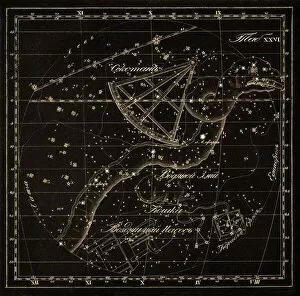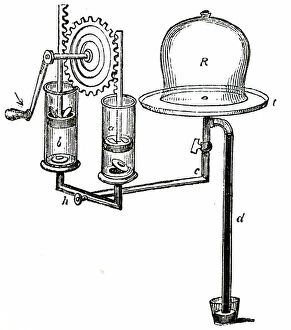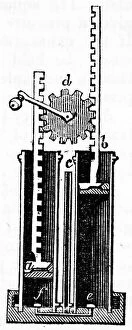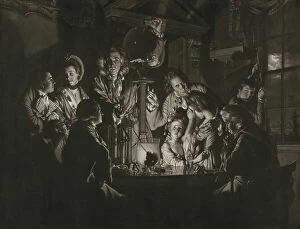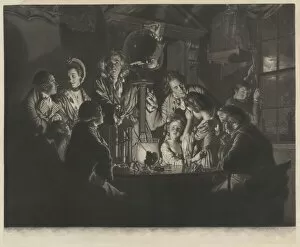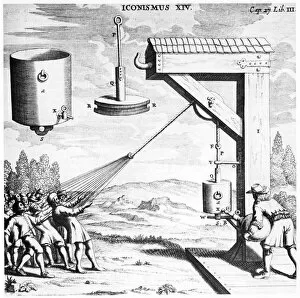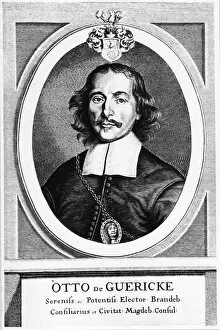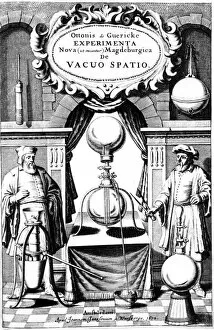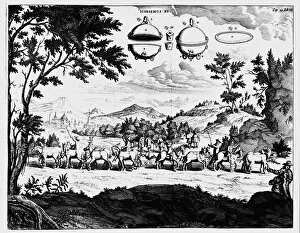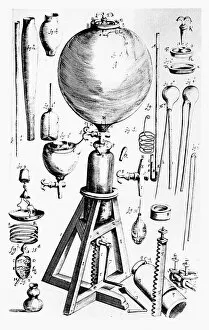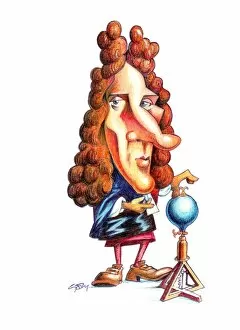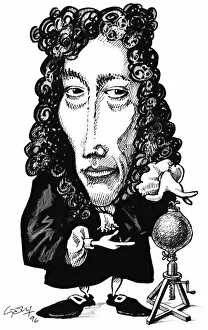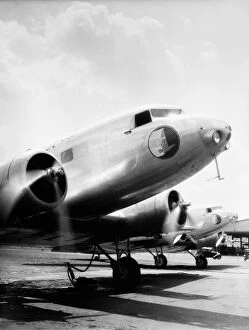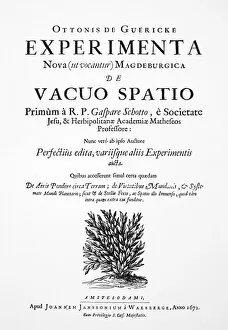Air Pump Collection
"Unveiling the Power of Air: A Journey through History and Innovation" Step into a world where air takes center stage
All Professionally Made to Order for Quick Shipping
"Unveiling the Power of Air: A Journey through History and Innovation" Step into a world where air takes center stage, revealing its hidden potential and captivating our imagination. From the Hydra constellations to the groundbreaking inventions of Robert Boyle and Otto von Guericke, explore the remarkable story of the air pump. In 1829 C016 / 4412, a woman fearlessly changes a flat tire on her car, showcasing how even mundane tasks can be made easier with this ingenious device. But let us delve deeper into history's annals. An Experiment on a Bird in the Air Pump captures an iconic moment in scientific exploration. This painting by Joseph Wright depicts an audience enthralled by their first glimpse into the wonders of vacuum technology. Robert Boyle's development of the water pump revolutionized industry and laid the foundation for his subsequent designs for vacuum pumps published in 1669. Engravings from that era showcase Boyles' intricate machinery as well as his visionary ideas. Stationary Engine engraving transports us to an era when steam power was harnessed to propel machines forward. Witnessing such marvels must have been awe-inspiring. A Pneumatical Engine reveals Boyles' ingenuity at work, demonstrating how he dissected and analyzed various components to create powerful devices capable of manipulating air pressure. Valentine Green's masterpiece A Philosopher Shewing an Experiment on the Air Pump (1769) immortalizes one man's quest for knowledge amidst mesmerized spectators. The image encapsulates both curiosity and enlightenment within its frame. Von Guerickes demonstration in 1654 further emphasized just how strong a vacuum could be while Otto von Guericke himself stands tall as a German inventor, engineer, and physicist who pushed boundaries during his time. The title page of Experimenta Nova reminds us that innovation knows no bounds; it beckons readers to dive headfirst into Magdeburgica's vacuum space, a testament to the relentless pursuit of scientific progress.

